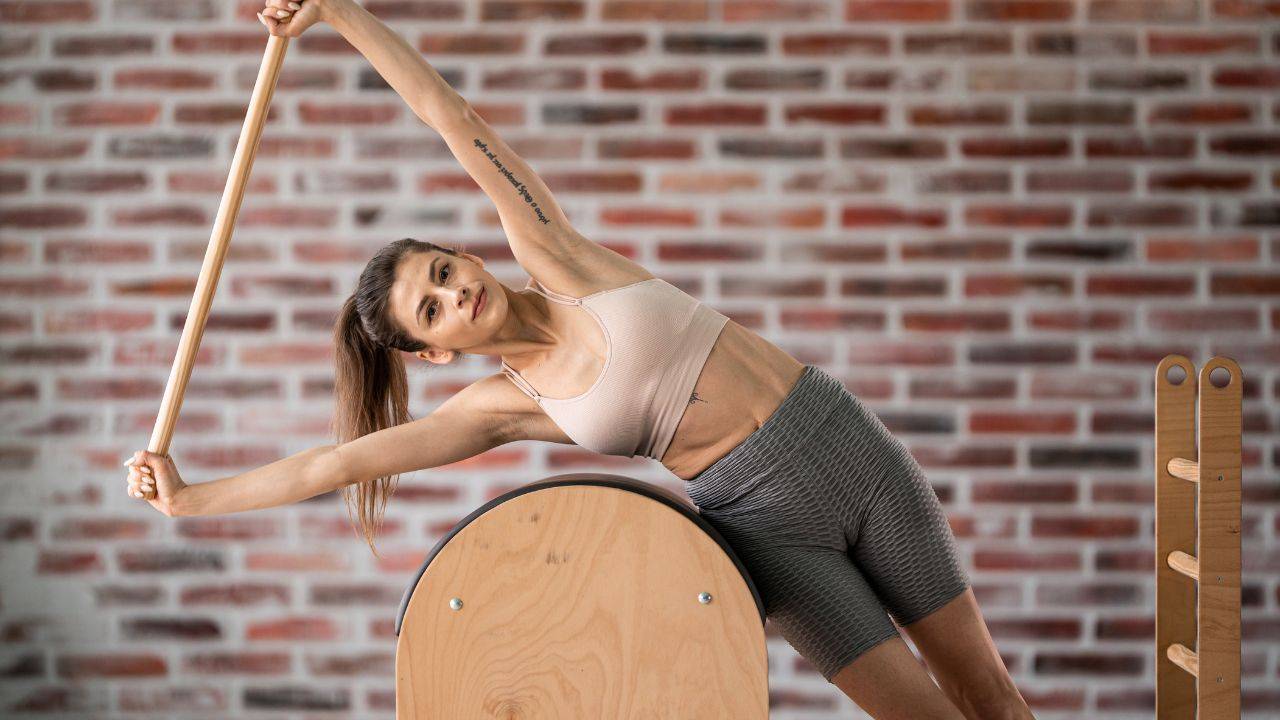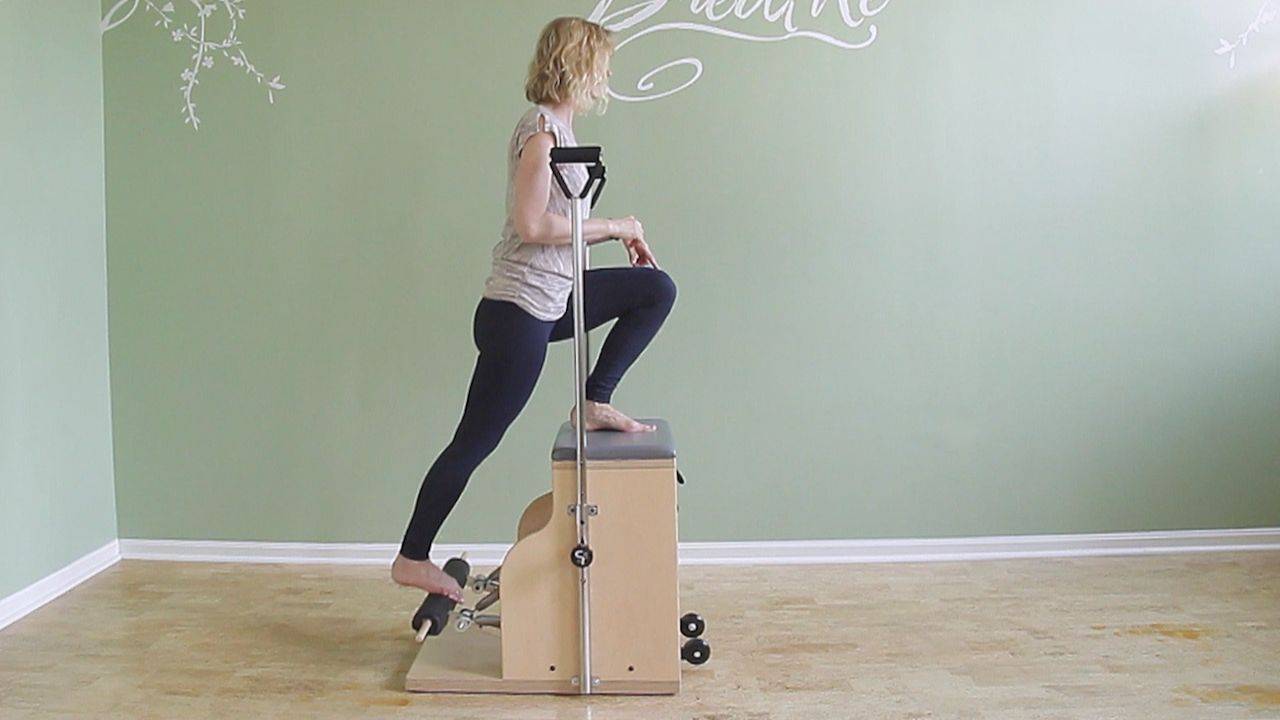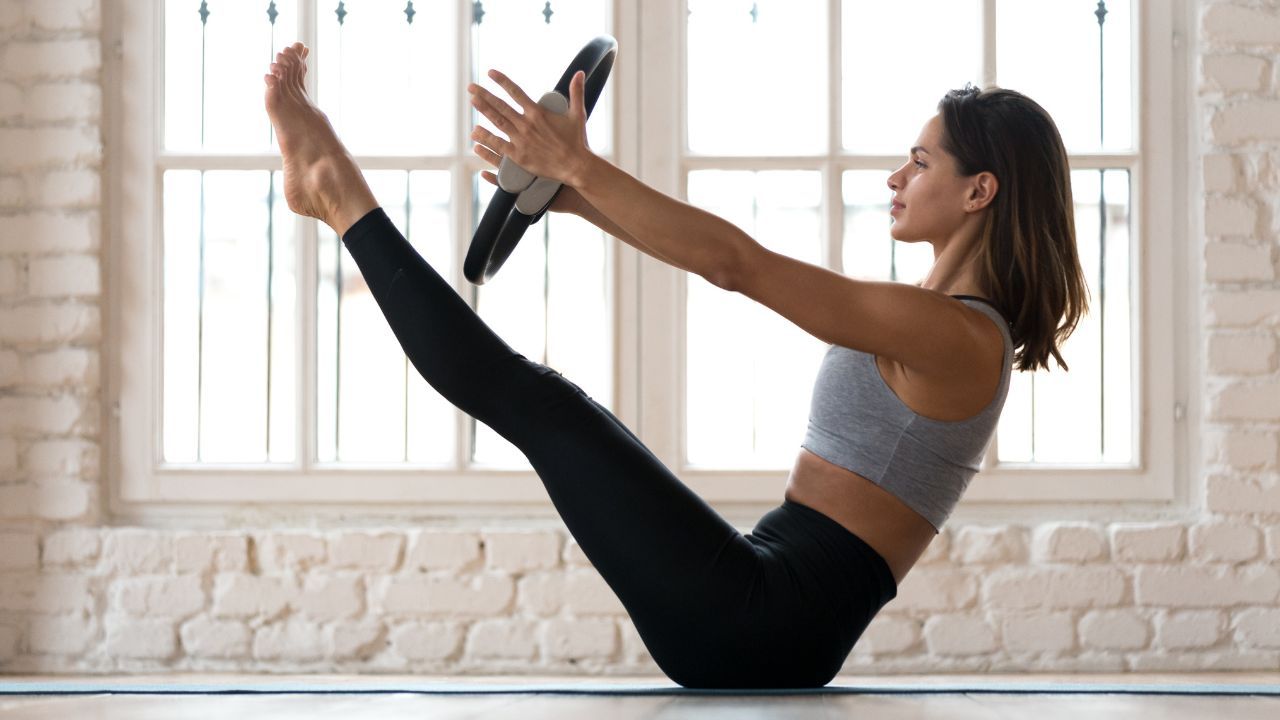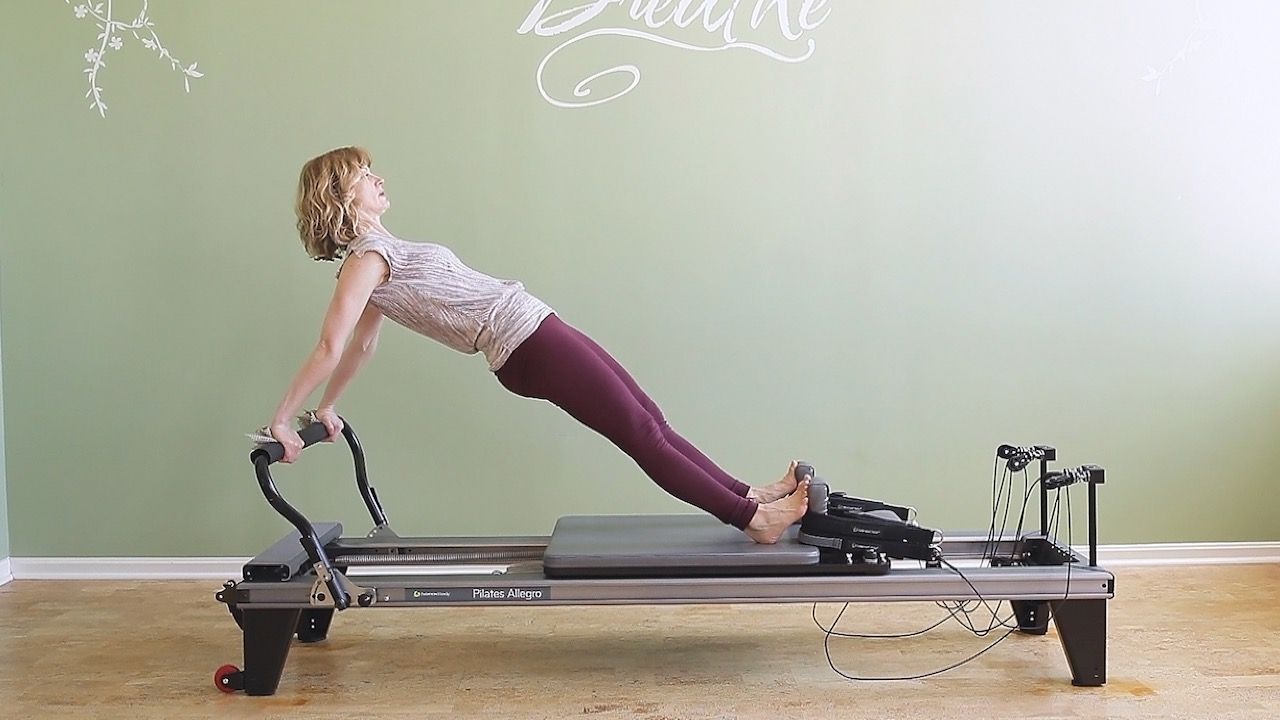How to Choose the Best Roll Down Bar for Your Pilates Cadillac
Apr 05, 2020
Have you ever wondered what the difference is between a long and a short roll down bar on the Trapeze Table (aka Cadillac) or your Tower? Does it make a difference if the eye bolts are attached on the outside or the inside of the bar? I’ll try to shed some light.
The two Roll-Down Bars I compare in this video - I keep calling them dowels - are both by Balanced Body. They are both 23” long (58 cm). One has hooks attached on the outside, and the other has the eyebolts attached on the inside (about one palm-width away from the end of the bar). The latter one usually comes standard when you purchase your Trapeze Table, Cadillac, or Tower.
Let’s start to discuss the one that has eye bolts on the inside. There are a few places where you can place your hands on the bar:
- On the outside: this will make sure that you keep your chest wide and encourage you to use your underarm shoulder stabilizers.
- Just inside the eye bolts: for people with very narrow shoulders or if you don’t have the strength in the posterior shoulder to stabilize the joint. Moving your hands closer together will bring more pectorals into the exercise.
- Next to each other in the center of the bar. This is helpful for exercises such as Salute or Rowing.
- Fingers straddling the eye bolts: the eye bolts go between your index and middle finger. This is a way to fine-tune. If the outside grip is a bit too wide and the inside grip a bit too narrow. As you know, in Pilates we want to get the setup juuuust right.
On the roll-down bar with the hooks on the outside, there are unlimited options to place your hands. Usually, where you naturally place your hands is a representation of your current movement habits, as it pertains to the shoulders. Just make sure that you hold both hands equidistant from the center. Otherwise, the dowel will be uneven (leaning to one side). In general, it is easier to keep the roll down bar level with the narrow spring attachment (eye bolts inside). If you see the bar leaning to one side, this is a sign that you’re pulling more with one arm (or leg) than the other, so it can give you a bit more insight into your movement patterns (dominant hand or leg).
All in all, I don’t think it makes much difference which roll-down bar to choose. You can pretty much get a good position on it with various upper body patterns.
This changes when we talk about your lower body. Having the wider space between the springs will give you more room for your hips if your hips are wider, your legs bigger, or you have a severely limited range of motion. For exercises like Semi-Circle (Prep), for example, you might not be able to fit your legs comfortably between the eye bolts. (Some of my students have complained about the springs cutting into their legs). Or you might have trouble getting in and out with the limited space between the eye bolts. This is where having the hooks on the outside will make all the difference. I personally bought this roll-down bar specifically for a student who had trouble with this transition. I was so happy to have this option.
The downside is that the wider space makes it more difficult to keep the bar level. If you can fit your legs between the narrow eye bolts it will be easier because there is a natural frame for your legs.
There is also a longer Roll-Down bar, which is 30” long (75 cm) which has the eye-bolts on the inside. The most important thing to consider about the long bar is that it will stay on either the inside or the outside of the frame, depending on where you start the movement. So it will be impossible to continue the movement arc back and forth through the frame, which you might want in exercises like Swan or Cat if you choose the Roll-down bar versus the push-through bar. On the positive side, it can be a way to naturally limit the range of motion for your student. You won’t have to tell them not to push through the uprights which can be hard or impossible to see from the student’s perspective. They will feel the movement stop when the roll-down bar meets the upright poles. Remember, that sometimes limiting the range of motion can be a way to discourage momentum and encourage control.
Here’s one more thing to note about the longer roll-down bar. On some models, the eye bolts are the same distance apart as on the shorter bar (so that the springs hang parallel to each other). This means you won’t gain any space between the eye bolts, only on the outside. For a very tall person or someone with very wide shoulders, this could be helpful for them. There are models, especially the classical ones, where the hooks are (almost) on the outside on a long bar.
Other brands:
This post contains affiliate links, which allows me to continue offering tons of excellent free content on this site. I only recommend stuff I love.
Gratz uses a long roll down bar.
Merrithew (Stott) also uses a long roll-down bar (32 inches/ 81.3 cm)
Peak Pilates offers a long (30 in.) roll-down bar.
Basi Systems seems to be using a short bar that fits between the upright poles.










